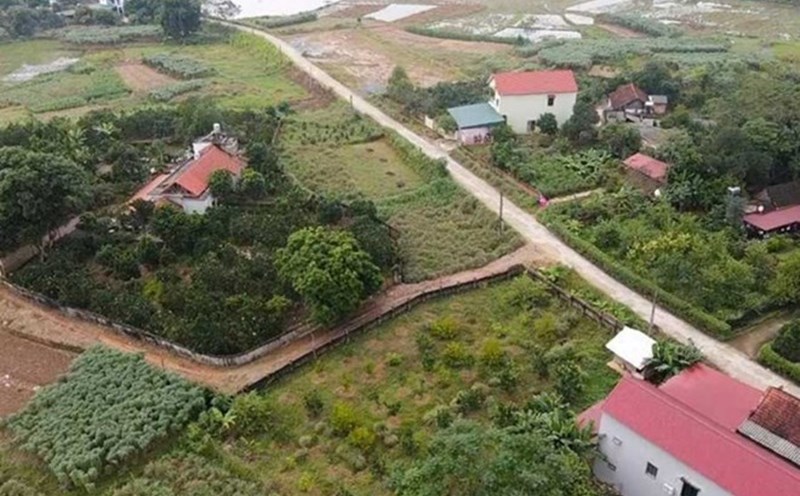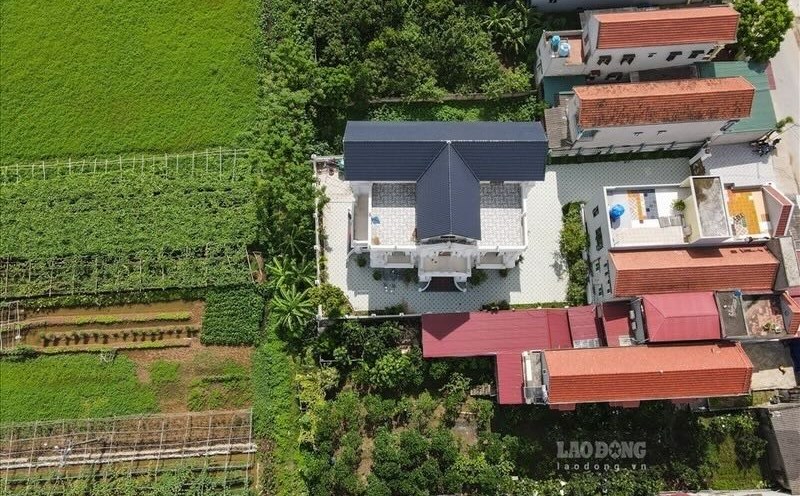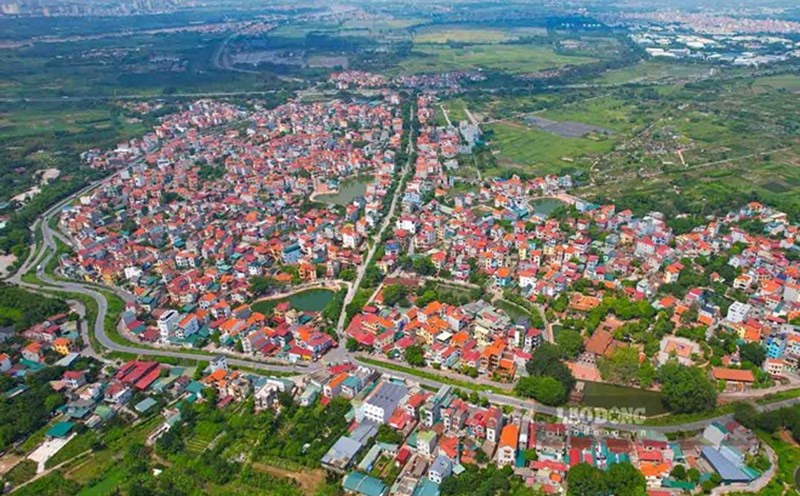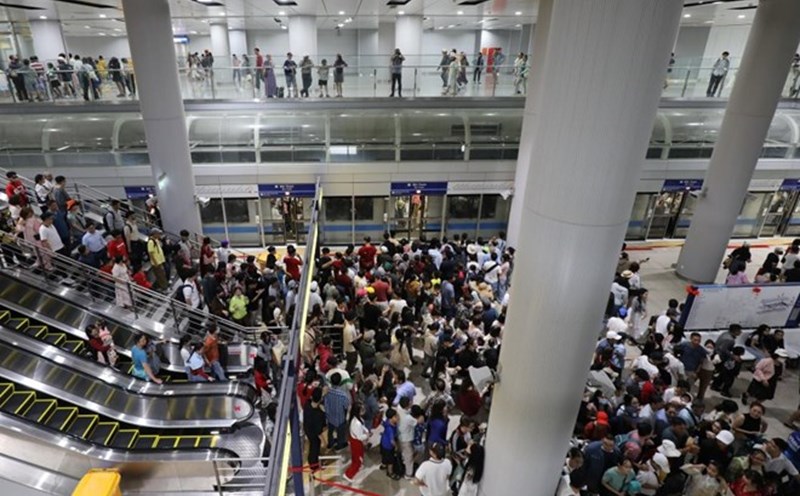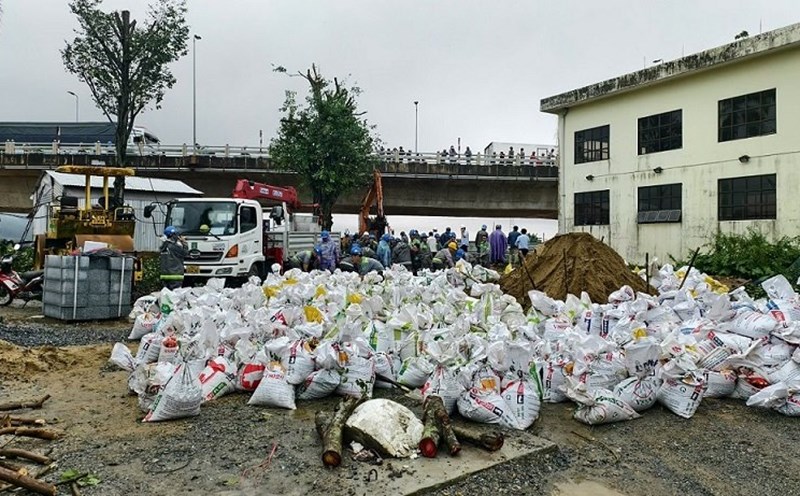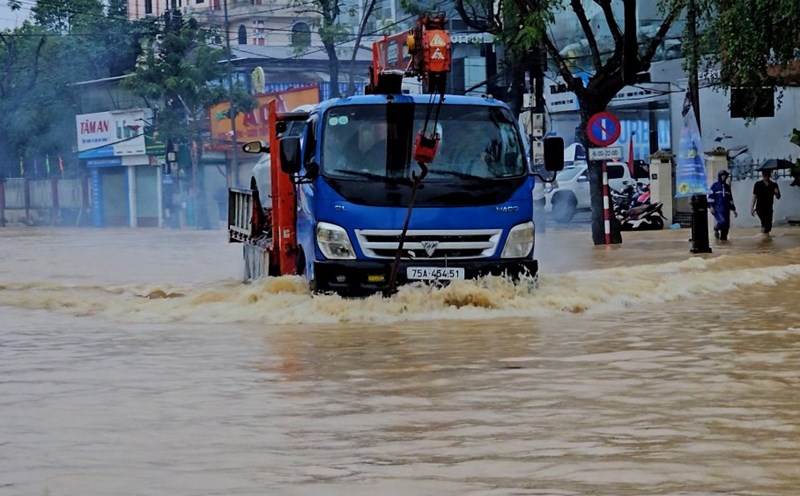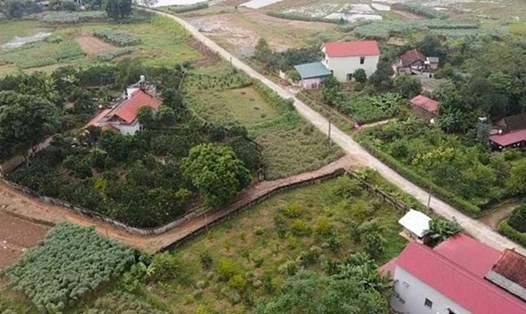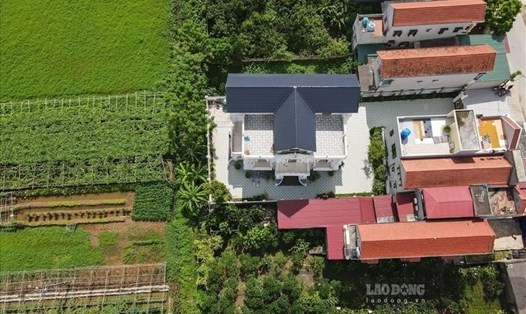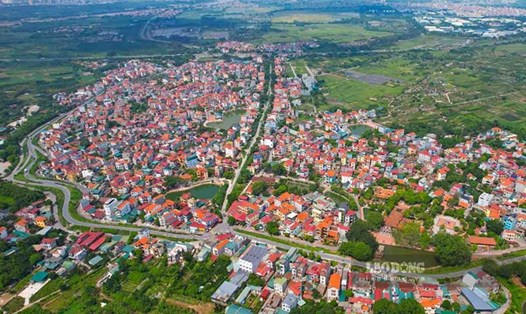Land price list increases, land use-related costs also increase
The Hanoi Department of Agriculture and Environment is seeking opinions on the draft submission on the development of the first land price list to be announced and applied from January 1, 2026. Notably, this department proposed the highest land price in Hanoi for residential land on the roads of the old Hoan Kiem district at more than 702 million VND per square meter. The highest increase proposal is for suburban areas, with an increase of 16% to 26%.
Commenting on this, in an interview with Lao Dong, Lawyer Nguyen Van Dinh - real estate legal expert - said that the increase in the land price list will indirectly push up specific land prices, because specific land prices are calculated according to comparison methods, income and surplus must not be lower than the price according to the land price list, leading to the land price list becoming "floor price".
Thus, in case the State allocates land to implement a project, the enterprise will have to pay more, helping to increase revenue for the budget. Or in the case of land recovery by the State, people are also compensated close to market prices, helping to reduce disputes and complaints in the land sector...
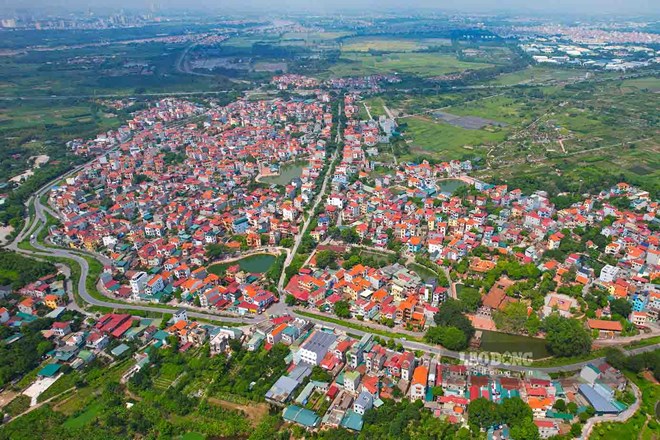
However, Lawyer Nguyen Van Dinh said that, in another aspect, the land price list can disrupt people's lives, causing costs related to land use to increase.
For example, cases of paying land use fees when the State recognizes land use rights (issuing a first book), allowing the change of land use purpose of households and individuals; paying annual land rent; calculating land use tax; registration fees and especially income tax from transferring land use rights... are all based on the land price list.
According to the lawyer, if the land price list increases twice, the land use fee, tax, fee, fee... that people have to pay will be double the amount, while this is a group of entities with a large number. The land price list will certainly cause a wide-range, inclusive impact.
For simple example, non-agricultural land use tax is still considered a "smooth" collection because the tax rate is only 0.03% of the land price in the land price list. But now if the land price list is adjusted up 5 times, this fee will become a burden for many people.
What solutions to harmonize benefits
According to Lawyer Nguyen Van Dinh, land owned by the entire people, with the State as the owner's representative, the Land Law assigning the State the authority and responsibility to issue a specific land price list and decide on land prices is appropriate (expressing the right of the "owner" in determining the value of his/her assets).
However, integrating too many goals must be solved in the land price tool, especially the expansion of the application of the land price list will pose potential risks of instability in law enforcement.
For example, when people receive compensation for land recovery by the State, they always want a very high land price list to receive a lot.
On the contrary, in cases where the State recognizes land use rights (issues a first book), or when the land use purpose is changed according to the plan, or when paying land rent... they want "cheap land" to reduce financial burden.
Therefore, how to evaluate land to have a land price list at a "central" level, helping to harmonize the interests of entities is a difficult problem.

"I think an important solution that management agencies need to consider is to adjust the system of legal documents related to tax obligations, fees, charges, land use fees, and land rents.
For example, for income tax from land use rights transfer of households and individuals, the current Law on Personal Income Tax stipulates a tax rate of 2% and is calculated according to the land price list. With the assumption of an increase in the land price list, the 2% tax rate needs to be studied to adjust down so as not to increase the tax burden for entities," said Lawyer Dinh.
According to the lawyer, in fact, this solution has begun to be applied by the State. For example, according to Decree No. 103/2024 on land rent collection, in case of land lease with annual payment, the annual land rental price is calculated as a percentage multiplied by the land price for calculating land rent.
Decree 103 stipulates a percentage ranging from 0.25% to 3% (this rate was previously from 1% to 3%). Thus, Decree 103 has reserved that in case of 4 times increase in land prices, people's land rent will remain stable.
Adjusting legal documents on taxes, fees, charges... in land use in this direction will contribute to overcoming disadvantages caused by increased land prices, protecting people, especially vulnerable groups, helping to maintain social stability but still turning land into economic development resources thanks to "collecting correctly and fully" from investment projects using land.

